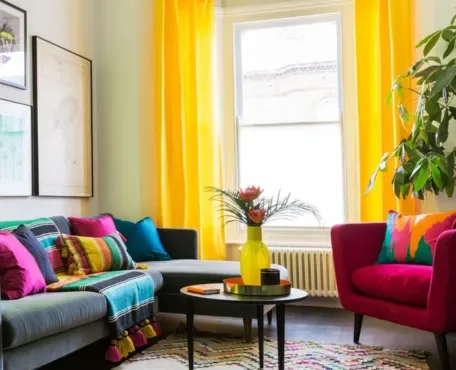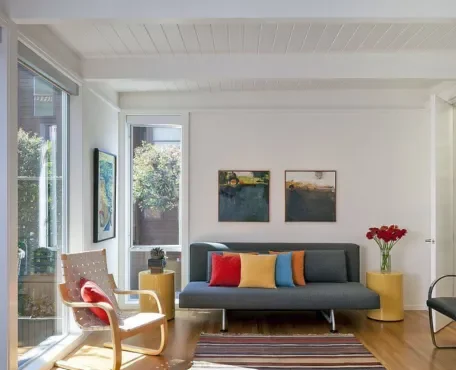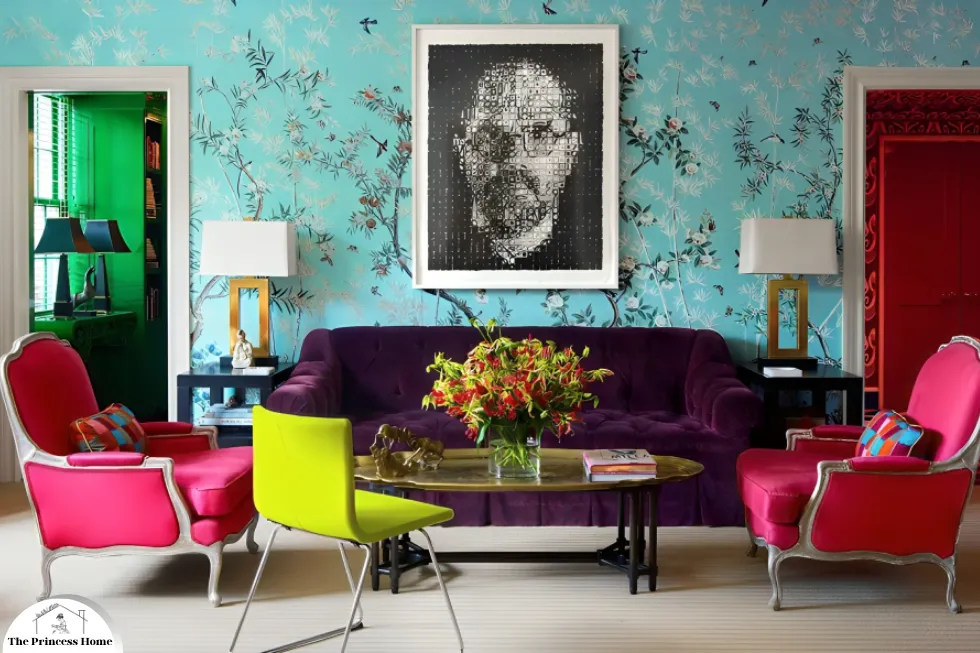
Color is a fundamental aspect of human perception and communication, influencing our emotions, behaviors, and preferences. From the clothes we wear to the products we buy, color plays a pivotal role in our everyday lives. When it comes to selecting colors for various purposes, whether in design, fashion, or branding, numerous factors come into play. Understanding these factors is crucial to making informed decisions that resonate with target audiences and convey the intended message effectively.
In this article, we delve into the multifaceted realm of color selection.
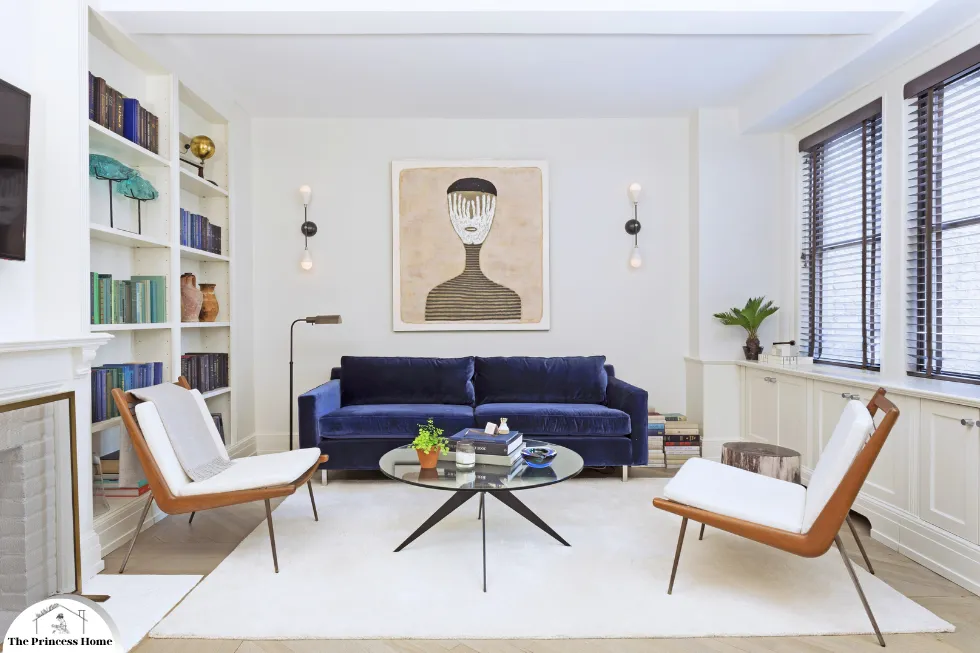
How to choose a color scheme for your home
Personal Preferences:
One of the primary factors influencing color selection is personal preference. Each individual possesses unique perceptions and associations with colors, shaped by personal experiences, upbringing, and inherent psychological traits. Some people may gravitate towards vibrant, bold hues, while others prefer subdued, pastel tones. Understanding one’s own color preferences is essential in various contexts, such as home decor, personal styling, and graphic design projects. Conducting self-reflection exercises or utilizing online tools that assess color preferences can aid individuals in identifying their favored color palettes.
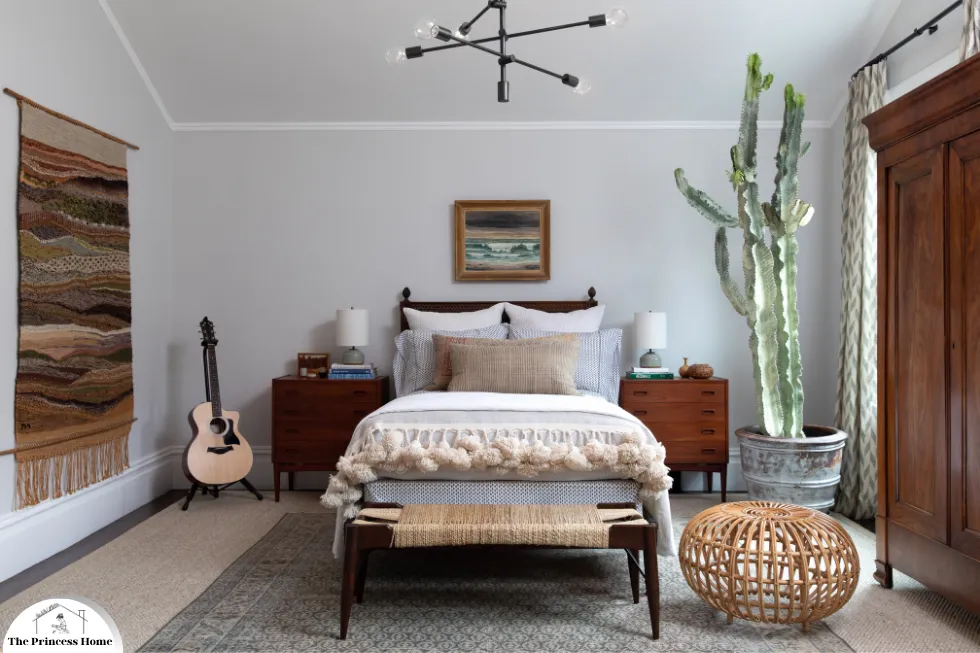
Cultural Influences:
Color symbolism and meaning vary significantly across different cultures, making it imperative to consider cultural influences when selecting colors for global audiences or diverse communities. Colors carry cultural connotations that may evoke specific emotions, traditions, or societal norms. For instance, while white symbolizes purity and innocence in Western cultures, it signifies mourning and death in some Eastern cultures. Similarly, red may represent luck and prosperity in China but conveys danger or passion in other contexts. Sensitivity to cultural nuances is essential to avoid inadvertent misinterpretations or offensive associations when using colors in cross-cultural communications or marketing campaigns.

Psychological Impact:
Colors exert a profound psychological impact on individuals, influencing mood, perception, and behavior. Psychologists and designers have long studied the psychological effects of different colors, revealing intriguing insights into human cognition. Warm colors like red and orange tend to evoke feelings of energy, passion, and excitement, making them suitable for stimulating environments or marketing promotions.
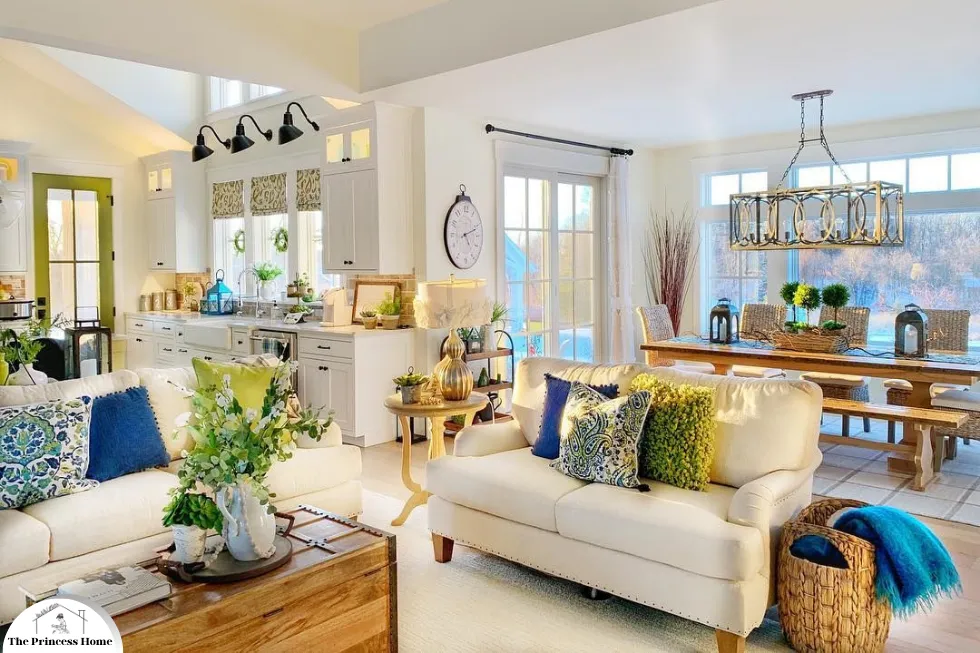
In contrast, cool colors such as blue and green evoke sensations of calmness, trustworthiness, and nature, often preferred in healthcare settings or eco-friendly branding. Understanding the psychological implications of color enables designers to craft experiences that resonate with target audiences and elicit desired emotional responses.
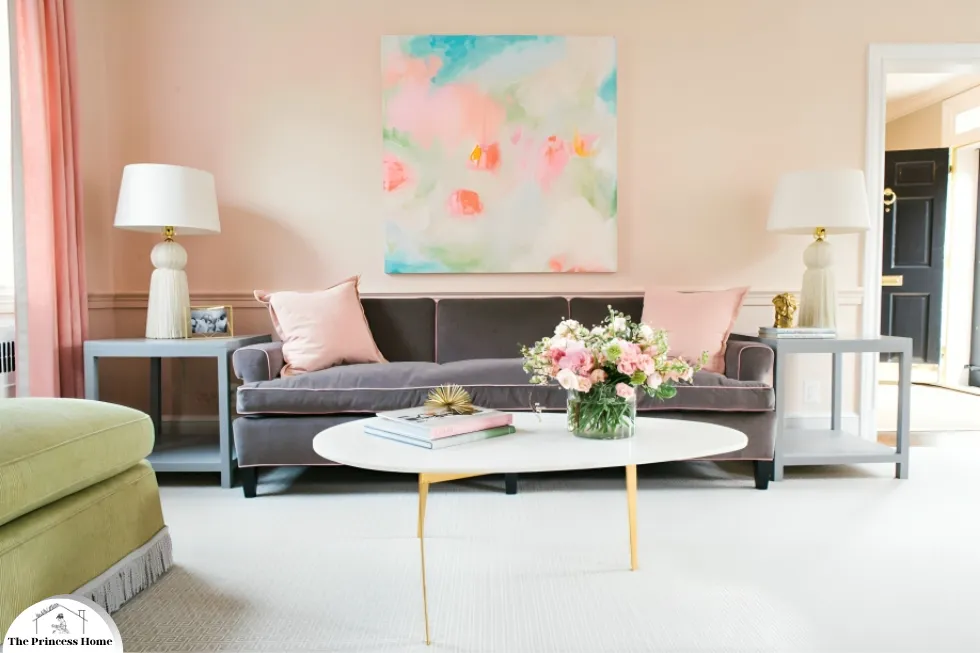
Trends and Fashion:
Color trends evolve over time, reflecting shifting societal preferences, technological advancements, and cultural movements. Designers and marketers closely monitor color trends to stay relevant and engage with contemporary audiences. Trend forecasting agencies analyze various sources, including fashion runways, interior design exhibitions, and socio-economic indicators, to predict emerging color palettes for each season or year. Incorporating trending colors into product designs, branding strategies, or visual identities can enhance brand perception and consumer appeal. However, it’s essential to balance trendiness with timelessness, as overly trendy color schemes may quickly become outdated.
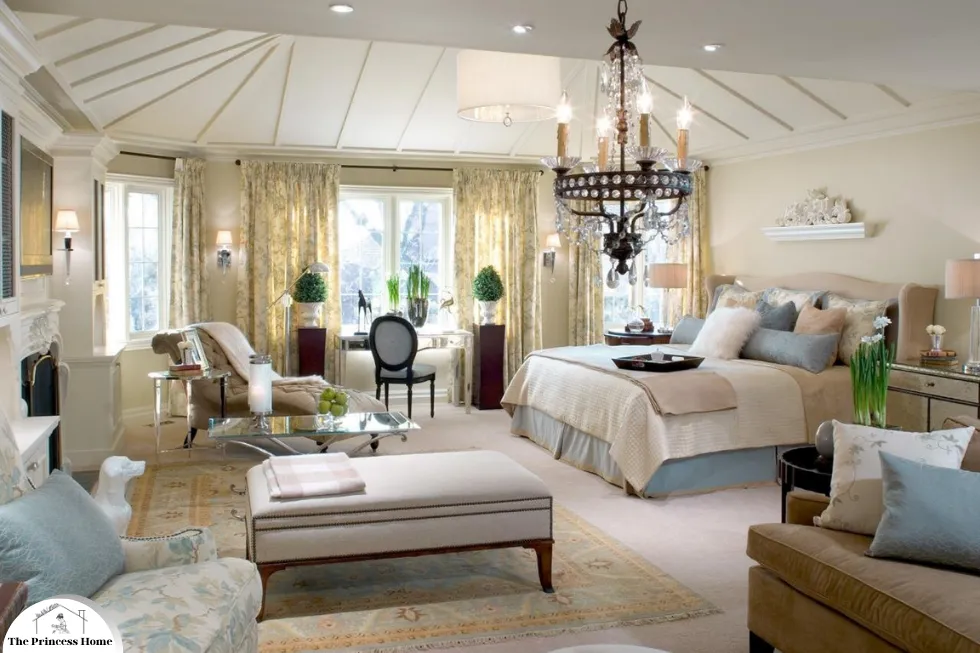
Identify Your Behaviors:
Take stock of your daily routines and behaviors within your home environment. Pay attention to how different colors make you feel and how they influence your mood and productivity. For example, if you enjoy cooking and entertaining guests in your kitchen, you may want to choose warm, inviting colors that create a welcoming atmosphere. If you use your bedroom primarily for relaxation and sleep, opt for calming, soothing colors that promote restful sleep and relaxation.
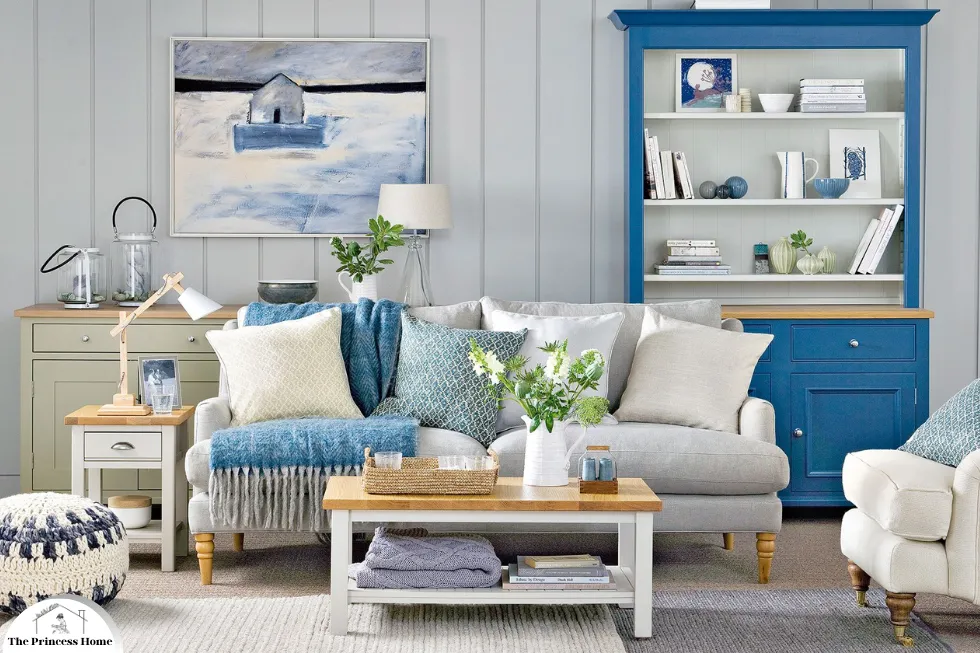
Consider Room Functionality:
Each room in your home serves a different purpose, and the color scheme should reflect its intended function. For instance, vibrant, energizing colors like red or yellow may be suitable for a home office or workout space, where motivation and productivity are essential. In contrast, soft, neutral tones such as beige or light blue may be more appropriate for a bedroom or living room, where relaxation and comfort are prioritized.
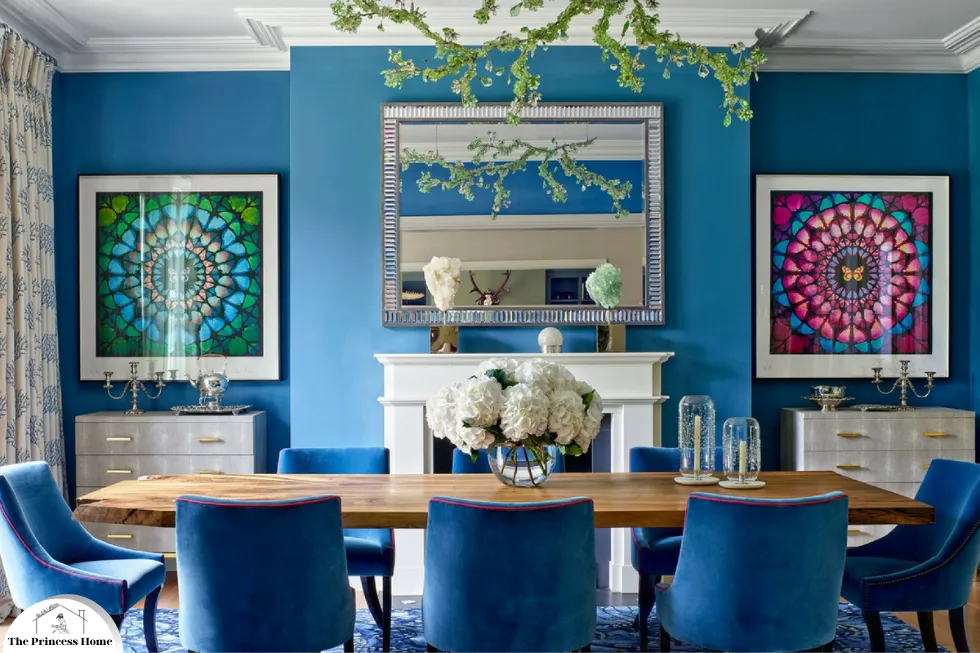
Harmonize with Existing Elements:
When selecting a color scheme for your home, consider existing furniture, decor, and architectural features. Choose colors that complement or harmonize with these elements to create a cohesive and visually pleasing aesthetic. If you have a statement piece of furniture or artwork, you may want to select colors that accentuate its beauty and create a focal point within the room.
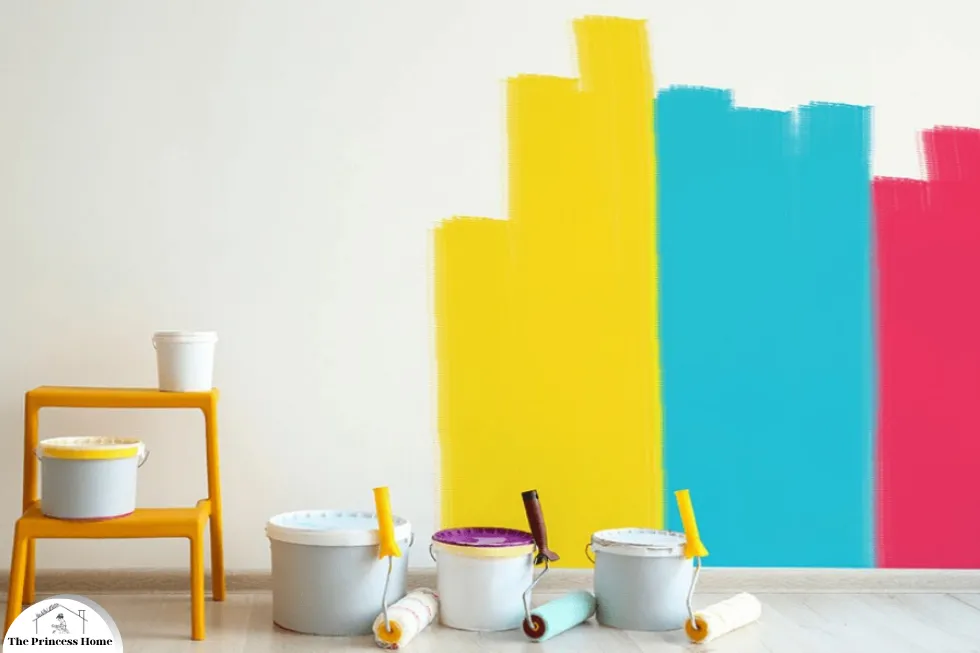
Test Samples and Experiment:
Once you have narrowed down your color choices, it’s time to test samples and experiment with different combinations. Paint small swatches of your chosen colors on the walls and observe how they look in different lighting conditions throughout the day. Pay attention to how the colors interact with each other and the overall ambiance they create. Don’t be afraid to mix and match colors until you find the perfect combination that resonates with you.
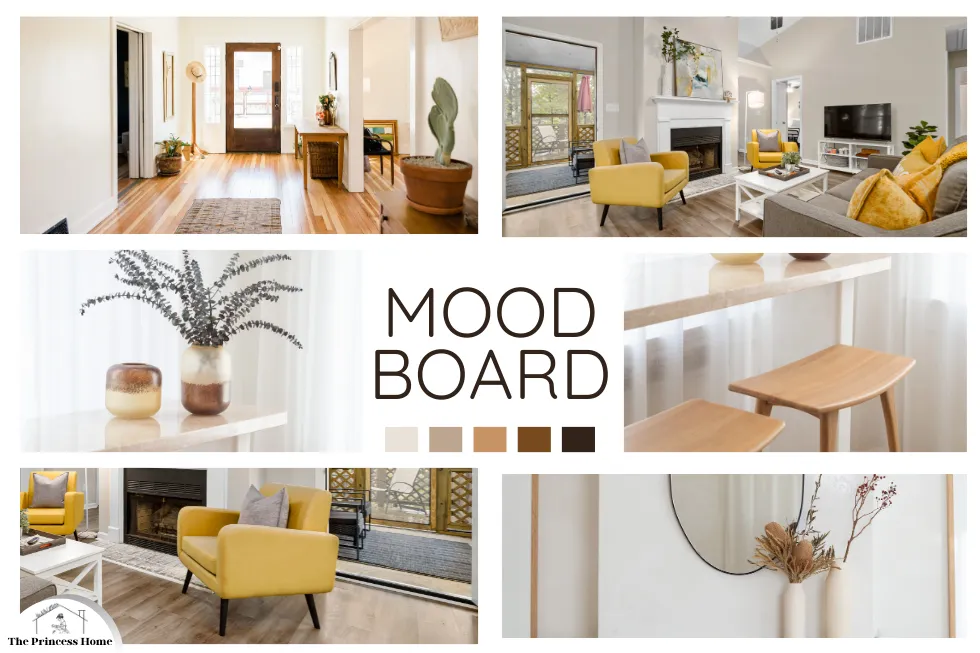
Seek Inspiration:
How to choose a color scheme for your home
Draw inspiration from various sources, such as interior design magazines, websites, and social media platforms like Pinterest and Instagram. Explore different color palettes, trends, and design styles to spark ideas and inspiration for your own home. Take note of colors and combinations that appeal to you and incorporate them into your design vision.
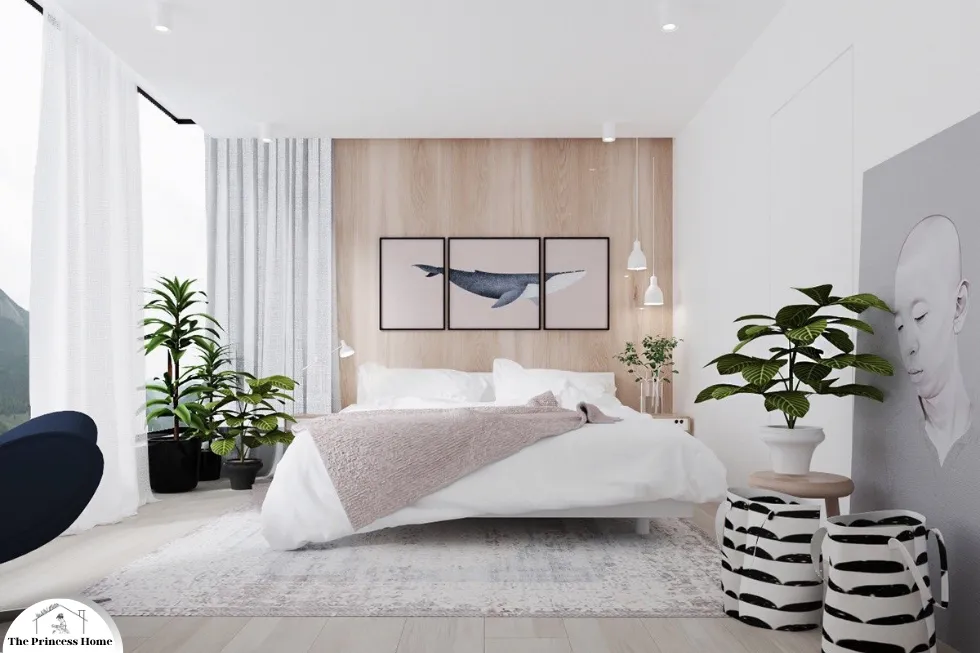
Trust Your Instincts:
Ultimately, trust your instincts and intuition when choosing a color scheme for your home. Your home is a reflection of your personality and lifestyle, so it’s essential to select colors that feel authentic and true to you. If a particular color brings you joy and makes you feel at home, it’s likely the right choice for you.
Conclusion:
Choosing a color scheme for your home is a creative and personal process that should be guided by your behaviors, preferences, and lifestyle. By taking the time to reflect on your individual needs and desires, considering room functionality, and experimenting with different colors and combinations, you can create a home environment that is both visually stunning and uniquely tailored to your personality and style.
Frequently Asked Questions About how to choose a color scheme for your home:
1. How do personal preferences influence color selection?
Personal preferences are shaped by individual experiences, cultural background, and inherent psychological traits. People tend to gravitate towards colors that resonate with their emotions, memories, and aesthetic sensibilities. Recognizing one’s own color preferences is crucial in various contexts, such as home decor, fashion choices, and graphic design projects. Understanding what colors you personally resonate with can guide your decision-making process and ensure that the chosen palette aligns with your unique tastes and preferences.
2. Why is it important to consider cultural influences when selecting colors?
Colors carry diverse cultural connotations and symbolism, varying significantly across different societies and traditions. What may be considered auspicious or symbolic in one culture could hold entirely different meanings in another. Ignoring cultural nuances when selecting colors can lead to misunderstandings or unintended associations that may alienate or offend certain audiences. By being sensitive to cultural influences, individuals and organizations can tailor their color choices to resonate with diverse communities and foster cross-cultural understanding.
3. How do colors affect human psychology and behavior?
Colors have a profound impact on human psychology, influencing mood, perception, and behavior in subtle yet significant ways. Warm colors like red and orange tend to evoke feelings of energy, passion, and excitement, while cool colors such as blue and green evoke sensations of calmness, trustworthiness, and relaxation. Understanding the psychological implications of different colors enables designers and marketers to create environments, products, and branding strategies that elicit specific emotional responses and enhance user experiences.
4. What role do color trends play in design and branding?
Color trends reflect shifting societal preferences, cultural movements, and technological advancements, influencing design and branding strategies across various industries. Trend forecasting agencies analyze fashion runways, interior design exhibitions, and socio-economic indicators to predict emerging color palettes for each season or year. Incorporating trending colors into design projects or branding initiatives can enhance consumer appeal and keep brands relevant in the ever-changing marketplace. However, it’s essential to balance trendiness with timelessness to ensure longevity and enduring brand recognition.
5. How can brands use color to communicate their identity and values?
Color serves as a powerful tool for conveying brand identity, personality, and differentiation in the marketplace. Iconic brands like Coca-Cola (red), Starbucks (green), and Tiffany & Co. (blue) have successfully leveraged distinctive color schemes to establish strong brand recognition and evoke specific associations in consumers’ minds. When selecting colors for branding purposes, companies must consider their target audience, industry norms, competitive landscape, and desired brand positioning. Consistency in color usage across various touchpoints reinforces brand recognition and fosters brand loyalty among consumers.
6. Why is accessibility and inclusivity important in color selection?
Inclusive design practices emphasize the importance of accessibility for individuals with diverse abilities and sensory perceptions, including those with color vision deficiencies (color blindness). Colors should not be relied upon solely to convey information or distinguish elements, as this may pose challenges for users with visual impairments. Designers should prioritize accessibility by ensuring sufficient color contrast, providing alternative visual cues, and adhering to accessibility standards such as the Web Content Accessibility Guidelines (WCAG). By making designs more inclusive, individuals and organizations can ensure that everyone, regardless of their abilities, can access and engage with digital and physical environments effectively.



